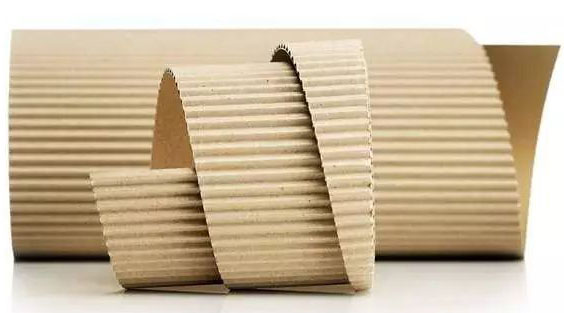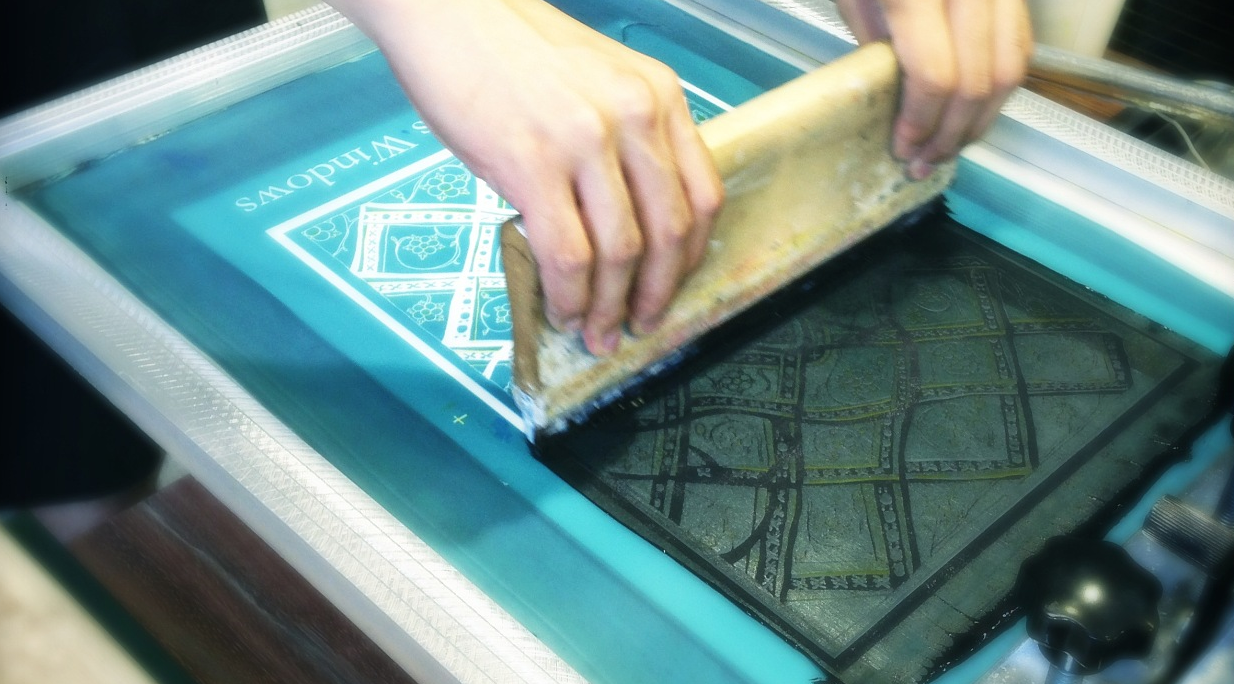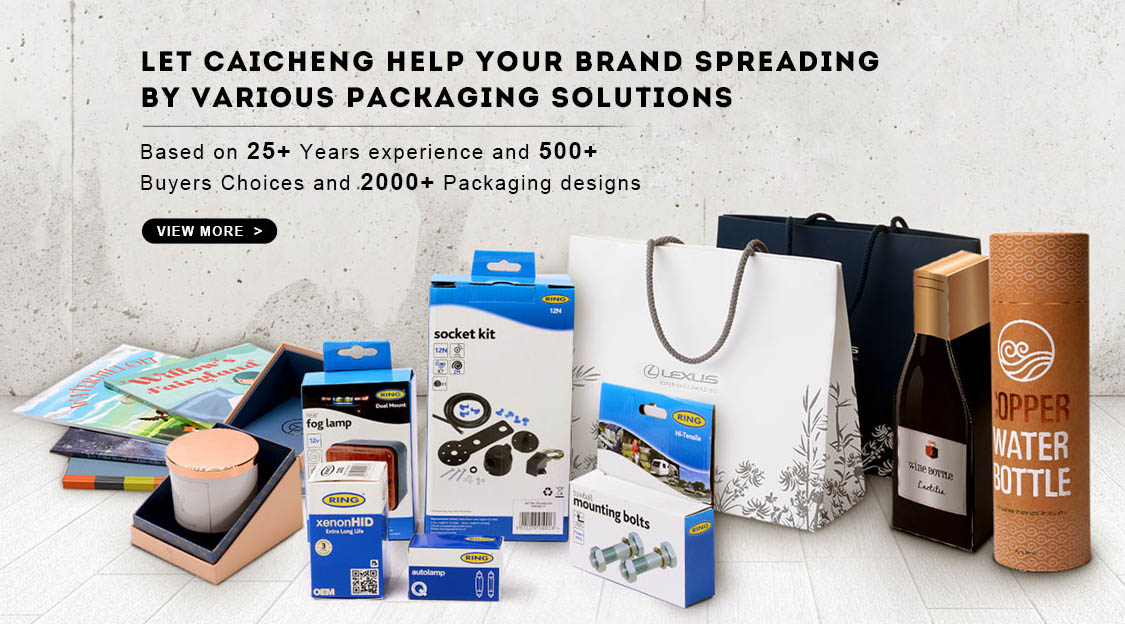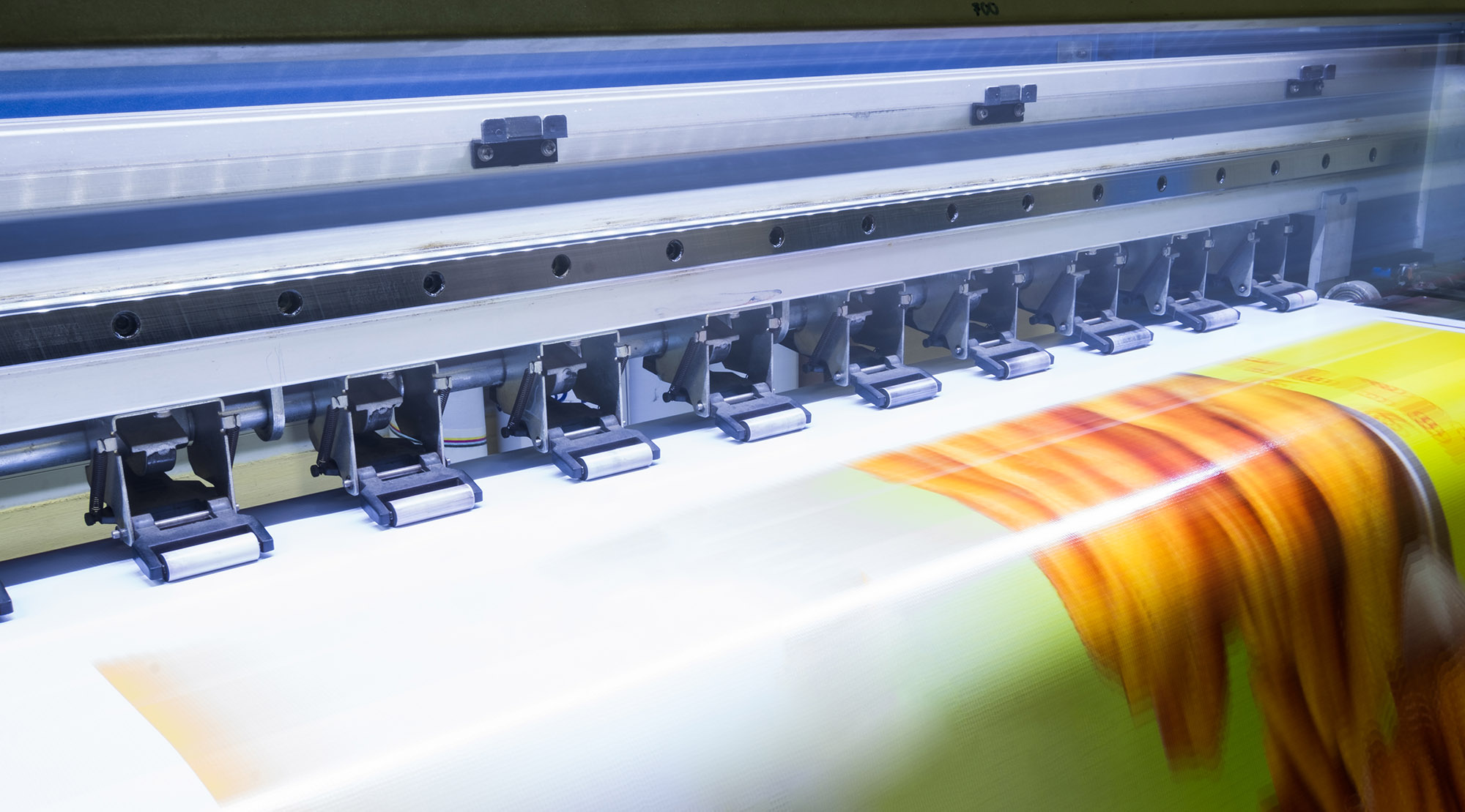Do you know these common sense about screen printing ink?
Guide: Screen printing process, one of the most commonly used graphic printing processes in the cosmetics packaging industry, through the combination of screen printing ink, screen printing screen, and screen printing equipment, so that the ink is transferred to the substrate through the mesh of the graphic part and printed out Exquisite pattern effect. This article shares the basic knowledge of screen printing inks, and the content is for your friends' reference:
Screen printing ink is also called screen printing ink. It usually refers to the ink used in screen printing. Like other types of ink, it is mixed and ground with pigments, resins, solvents, and additives. There are many types of screen printing inks, and the corresponding inks can be selected for printing according to different materials. This is also the special feature of screen printing process superior to other printing processes. Screen printing firmness generally depends on the choice of screen printing ink.
1. Ink composition
Connecting material
The binder is the main component of the screen printing ink, which plays a role in dispersing the pigment, giving the screen printing ink with proper adhesion, fluidity and transfer performance, and fixing the pigment on the surface of the printed matter through film formation after printing. The connecting material is commonly known as the ink-mixing oil, and common tools. The ink-jet knife connection material can be made of various substances, such as various dry vegetable oils. Most of them can be used to make the ink connection material. And water, and various synthetic resins can be used to make connecting materials.
The rheology, viscosity, neutrality, acid value, color, water resistance and printing performance of screen printing inks mainly depend on the binder. The same pigment, using different binders, can be made into different types of screen printing inks; Binder, use different pigments. The screen printing ink made is still the same type, because it can not change the basic performance of the ink, so the quality of the screen printing ink depends mainly on the binder, except for the pigment.
pigment
Pigments are colored, black or white high-dispersion powders that are insoluble in water and organic solvents. According to their source and chemical composition, they are divided into two categories: organic pigments and inorganic pigments.
Inorganic Pigments
It is the oxides of non-ferrous metals, or some metal insoluble metal salts. Inorganic pigments are divided into natural inorganic pigments and artificial inorganic pigments. Natural inorganic pigments are mineral pigments.
Organic pigments
It is a colored organic compound, which is also divided into two categories: natural and synthetic. Nowadays, synthetic organic pigments are commonly used. There are many varieties of organic pigments, the colors are more complete, and the performance is better than inorganic pigments. Dyes are organic compounds, which are soluble in water and sometimes in organic solvents. From certain dyes, insoluble colored precipitates, called lake pigments, can be prepared for the manufacture of screen printing inks.
The requirements for the pigments used in printing inks are quite high, especially the color, dispersion, light resistance, transparency, etc. The color pigments are required to have a hue close to the spectral color, and the saturation should be as large as possible. The magenta, cyan, The transparency of the yellow pigment must be high. All the pigments must not only be water-resistant, but also be quickly and evenly combined with the binder. The oil absorption capacity of the pigment should not be too large. The pigment should preferably have alkali resistance, acid resistance, alcohol resistance and potential resistance.
Additional materials
Additional materials are some additional materials used in the manufacture of screen printing inks and in printing applications to improve the performance of the screen printing inks themselves. When the screen printing ink formulated according to the basic composition still fails to meet the requirements in terms of certain characteristics, or cannot meet the requirements of printing due to changes in conditions, a small amount of auxiliary materials must be added to solve the problem.
Filler
Fillers are white, transparent, translucent or unclear powdery substances. It is mainly used for filling. Filling the pigment part. Appropriate use of some fillers can not only reduce the amount of pigments, reduce costs, but also adjust the properties of the screen printing ink, such as thinness and fluidity, and improve the flexibility of formula design. There are many additional materials, such as: desiccant, anti-desiccant, thinning agent, remover, plasticizer and so on.

2. Classification
Classified by substrate
According to the chemical name of the substrate, it can be divided into: polyethylene, polypropylene (non-polar) ink. Polyvinyl chloride, polystyrene, ABS polycarbonate (polar) ink. According to the form of the substrate, it can be divided into soft plastic ink and hard plastic ink.
Classified by drying method
There are volatile drying inks, UV curing inks, and oxidation drying inks.
Volatile dry ink
It is the most used ink in screen printing. The composition of the ink film is mainly high molecular material. After printing, the solvent volatilizes and the high molecular material forms the ink film. This volatile drying process is reversible, that is, the dried ink film can be re-dissolved in a solvent.After the ink is transferred to the substrate, there will be a solvent ink film, and the solvent will volatilize first. The solvent in the ink diffuses in the atmosphere due to the effect of vapor pressure, forms a liquid film on the surface of the ink film, and then volatilizes through the liquid film. In this drying process, the internal drying is generally slow, and sometimes it is necessary to blow air to accelerate the drying process. Volatile inks are easy to use and generally dry quickly, so they are widely used.
UV curable ink (UV ink)
Ultraviolet inks can produce photochemical reactions, which can be completely cured within a few seconds, and are used more and more in plastic printing. The main components of the ink are photopolymer resin, initiator, colorant and auxiliary agent. In principle, no organic solvent is used.
Oxidation drying ink
The ink contains a polymer with a small molecular weight, which is oxidized in the air and forms a polymer film through the chemical reaction of heat, light or reactive substances. After this ink is printed on the surface of the substrate, it generally needs to be heated to promote hardening.
3.Common problems in the use of ink
Small bubbles during printing
Reason analysis: the ink is too thick, there is air in the ink, the printing speed is too fast, and the amount of ink is too much.
Solution: Add a thinner to the ink, let the ink stand still until the air is released, reduce the printing speed, and replace the squeegee with a higher hardness.
Pinhole/trachoma
Reason analysis: the ink is too thin, small holes appear on the screen, the surface of the substrate is dusty, the squeegee pressure is too large, the screen distance is inappropriate, and the screen tension is too low.
Solution: add new ink, plug loopholes, clean the surface of the substrate, reduce the squeegee pressure, increase the screen distance, and check the screen tension.
Graphic defects after printing
Reason analysis: the screen is not clean, the surface of the substrate is not clean
Solution: Check the screen, clean the workplace and increase humidity, and clean the surface of the substrate.
The clarity of the graphics and text after printing is not enough.
Reason analysis: the ink is too thin, the pressure of the ink-returning knife is too large, the round scraping head, the net distance is inappropriate, and the electrostatic effect.
Solution: add new ink, reduce the pressure of the ink-returning knife, replace a suitable squeegee, increase the net distance, and add some methods of removing static electricity.
Uneven ink
Reason analysis: surface defects of the substrate, uneven ink, poor or too thin ink transparency.
Solution: Improve the surface condition of the substrate or print a layer of transparent oil first; return ink evenly, and ink evenly during printing, reducing thinner.
Ink drying network and blocking network
Reason analysis: the ink is too thick, the ink particles are too thick, the room temperature is too high, the screen production is poor, the squeegee pressure is too large, the screen distance is large, and the squeegee hardness is not enough.
Solution: clean the screen and dilute the ink, filter the ink, increase the damping solvent, adjust the exposure parameters and plate development, adjust the squeegee pressure, adjust the screen distance, and change the squeegee with higher hardness.

4.Ink adhesion detection method
Thumb test
Condition: The experimental sample is more than 5PCS
Experimental procedure: Take a sample, place your thumb on the printed picture, and wipe it back and forth 15 times with a force of 3+0.5/-0KGF.
Experimental judgment: product printing patterns are indispensable / broken lines / poor ink adhesion, etc., otherwise it is unqualified.
75% alcohol test
Experimental conditions: experimental samples above 5PCS; white cotton gauze; 75% alcohol; 1.5+0.5/-0KGF
Experimental procedure: tie the bottom of the 1.5KGF tool with white cotton gauze, dipped in 75% alcohol, and then use the white cotton gauze to go back and forth on the printed pattern for 30 rounds (about 15sec)
Experimental judgment: The printed pattern of the product must not be peeled off/notched or broken/bad ink adhesion, etc., and the color can be allowed to be light, but the printed pattern should be clear and not blurred, otherwise it is unqualified.
95% alcohol test
Experimental conditions: experimental samples above 5PCS; white cotton gauze; 95% alcohol; 1.5+0.5/-0KGF
Experimental procedure: tie the bottom of the 1.5KGF tool with white cotton gauze, dipped in 75% alcohol, and then use the white cotton gauze to go back and forth on the printed pattern for 30 rounds (about 15sec)
Experimental judgment: The printed pattern of the product must not be peeled off/notched or broken/bad ink adhesion, etc., and the color can be allowed to be light, but the printed pattern should be clear and not blurred, otherwise it is unqualified.
810 tape test
Experimental conditions: test samples above 5PCS; 810 tape
Experimental procedure: Stick the 810 tape on the printed matter completely, then quickly pull up the tape at a 45-degree angle, and measure three times in a row.
Experimental judgment: the product printing pattern is indispensable/broken.
3M 600 tape test
Experimental conditions: experimental samples above 5PCS; 250 tapes.
Experimental procedure: Stick the 3M600 tape completely on the printed matter, and quickly pull up the tape at a 45-degree angle. You only need to test it once.
Experimental judgment: the product printing pattern is indispensable/broken.
250 tape test
Experimental conditions: experimental samples above 5PCS; 250 tape
Experimental procedure: The 250 tape was completely pasted on the screen printing, and the tape was quickly pulled up at a 45-degree angle for three consecutive times.
Experimental judgment: the product printing pattern is indispensable/broken.
Gasoline wipe test
Experimental conditions: experimental samples above 5PCS; white cotton gauze; gasoline mixture (gasoline: 75% alcohol = 1:1); 1.5+0,5/-OKGF manufacturing tool.
Experimental procedure: tie the bottom of the 1.5KGF tool with white cotton gauze, dipped in gasoline mixture, and go back and forth 30 times on the printed pattern (about 15sec)
Experimental judgment: The printed pattern of the product must not have peeling/notch/broken line/bad ink adhesion, etc., and the color can be allowed to be light, but the printed pattern should be clear and not blurred, otherwise it is unqualified.
Hexane Wipe Test
Experimental conditions: experimental samples above 5PCS; white cotton gauze; n-hexane; 1.5+0.5/-OKGF
Experimental procedure: Tie the bottom of the 1.5KGF tool with white cotton gauze, dipped in n-hexane solution, and go back and forth 30 times on the printed pattern (about 15sec).
Experimental judgment: The printed pattern of the product must not have peeling/notch/broken line/bad ink adhesion, etc., and the color can be allowed to be light, but the printed pattern should be clear and not blurred, otherwise it is unqualified.
Remarks: One, two and four are common standards; three and six are common standards for SEB; five are common standards for Jarden; seven are common standards for SOLAC; eight are common standards for Australia's SUNBEAM.




